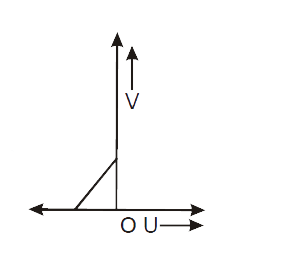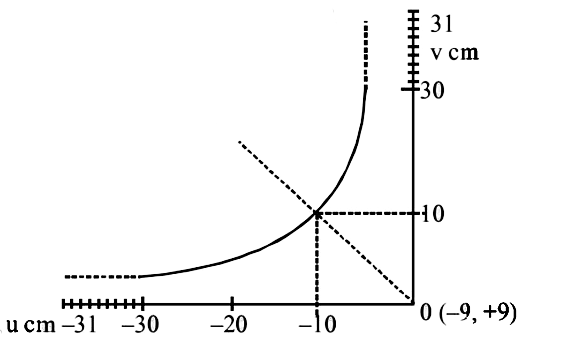Write the formula for a lens connnecting image distance (v), object distance (u) and the focal length (f). How does the lens formula differ from the mirror formula?
Step by step video & image solution for Write the formula for a lens connnecting image distance (v), object distance (u) and the focal length (f). How does the lens formula differ from the mirror formula? by Physics experts to help you in doubts & scoring excellent marks in Class 10 exams.
Updated on:21/07/2023Topper's Solved these Questions
- REFRACTION OF LIGHTBOOK - LAKHMIR SINGH & MANJIT KAURCHAPTER - REFRACTION OF LIGHTEXERCISE - LONG ANSWER TYPE QUESTIONS
3 Videos
- REFRACTION OF LIGHTBOOK - LAKHMIR SINGH & MANJIT KAURCHAPTER - REFRACTION OF LIGHTEXERCISE - SHORT ANSWER TYPE QUESTIONS
1 Videos
- REFRACTION OF LIGHTBOOK - LAKHMIR SINGH & MANJIT KAURCHAPTER - REFRACTION OF LIGHTEXERCISE - VERY SHORT ANSWER TYPE QUESTIONS
1 Videos
- REFLECTION OF LIGHT BOOK - LAKHMIR SINGH & MANJIT KAURCHAPTER - REFLECTION OF LIGHT EXERCISE - Very Short Answer Type Questions
1 Videos
- SOURCES OF ENERGY BOOK - LAKHMIR SINGH & MANJIT KAURCHAPTER - SOURCES OF ENERGY EXERCISE - NCERT
8 Videos
Similar Questions
What is the difference between lens formula and mirror formula?
View SolutionDefine the following terms :
(i) Power of a lens
(ii) Principal focus of a concave mirror
(b) Write the relationship among the object distance (u), image distance (v) and the focal length (f) of a
(i) Spherical lens
(ii) Spherical mirror
(c) An object is placed at a distance of 10 cm from optical centre of a convex lens of focal length 15 cm. Draw a labelled ray diagram to show the formation of image in this case.
View Solution
Knowledge Check
The graph between the image distance (v ) and object distance (u) from the convex lens is
A B
B C
C D
D
Choose the correct alternative corresponding to the object distance 'u', image distance 'v' and the focal length 'F' of a converging lens from the following .
The average speed of the image as the object moves with the uniform speed from distance 3F4 to F2 is greater than the average speed of the image as the object moves with same speed from distance F2toF4
The minimum distance between a real object and its real image in case of a converging lens is 4F where F is its focal length.Aboth are correctBboth are incorrectC(i) is correct , (ii) is incorrectD(i) is incorrect , (ii) is correctAn object is placed in front of a converging lens at a distance equal to twice the focal length f1 of the lens. On the other side of the lens is a concave mirror of focal length f2 separated from the lens is a concave mirror of focal length f2 separated from the lens by a distance 2(f1+f2). Light from the object passes rightward through the lens, reflects from the mirror, passes leftward throught the lens, and forms a final image of the object.
 AThe distance between the lens and the final image is equal to 2f1.BThe distance between the lens and the final image is equal to 2(f1+f2)CThe final image is real, inverted and of same size as that fo the object.DThe final image is real, erect and of same size as that of the object.
AThe distance between the lens and the final image is equal to 2f1.BThe distance between the lens and the final image is equal to 2(f1+f2)CThe final image is real, inverted and of same size as that fo the object.DThe final image is real, erect and of same size as that of the object.
The graph in shows the variation of image distance (v) with object distance (u) in case of a lens. Find focal length of the lens. What is the nature of the lens, if image formed is real ?
 .
.
View SolutionThe graph between objecct distance u and image distance v for lens is givenn beow. The focal length of the lens is

View SolutionAn object is placed at a distance f in front of a concave lens of focal length f. Locate its image.
View SolutionThe graph shown relationship between object distance and image distance for a equiconvex lens. Then focal length of the lens is

View SolutionThe image formed by a convex mirror of a real object is
larger than the object
( u = object distance, f= focal length )
View Solution
